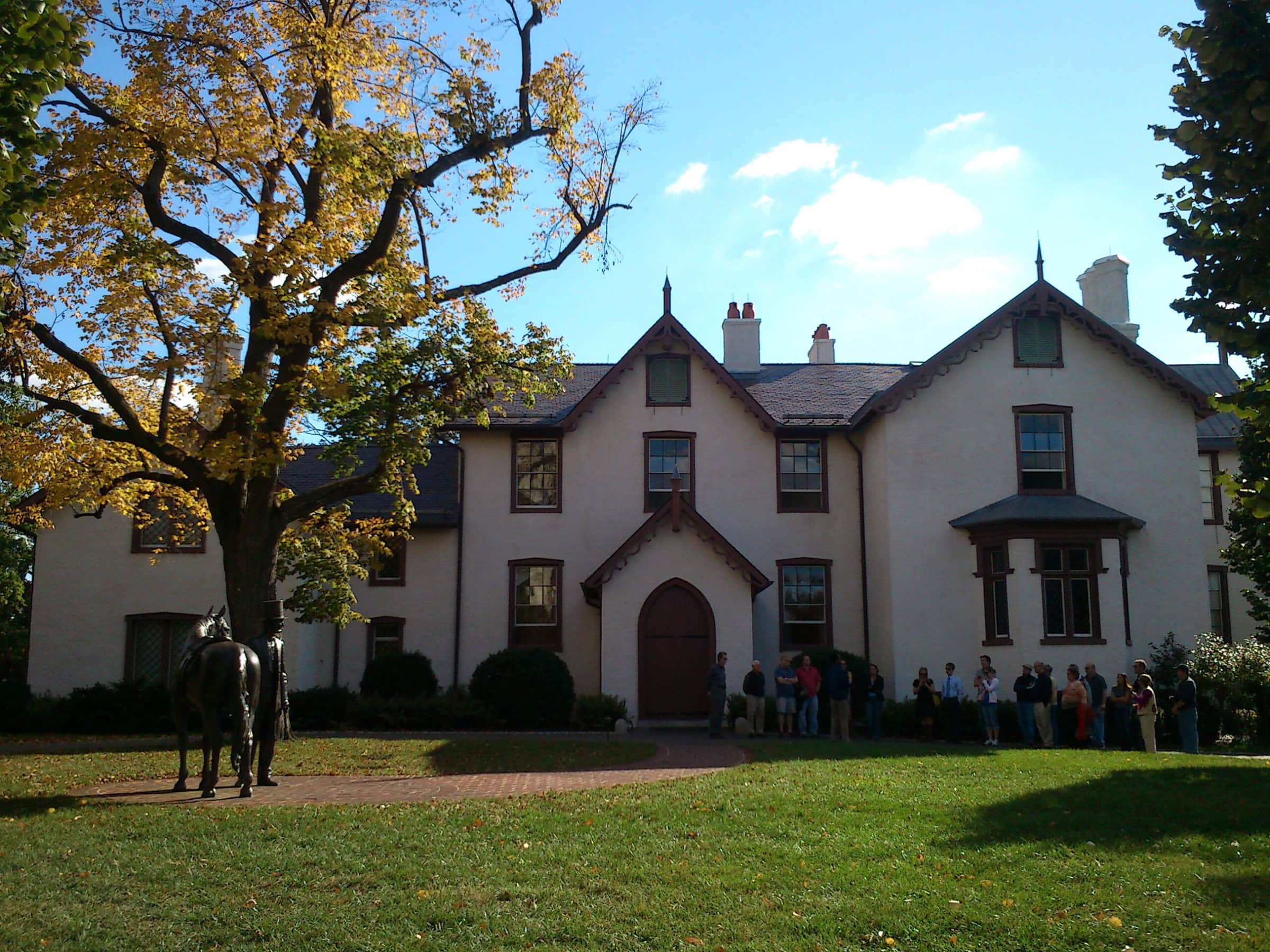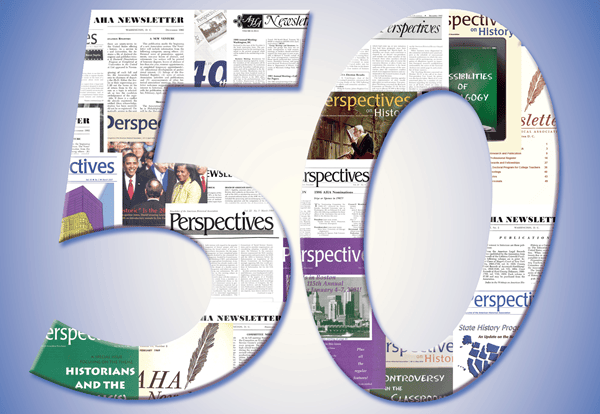Let me provide a Virginia context, a one-state, representative example, for the challenges that have undermined and continue to confront humanities and cultural institutions in general and history initiatives and organizations in particular. Currently, Virginia is the 12th largest state in population—neither very large nor small. Its population is on the whole well educated and prosperous. The Commonwealth lays claim today to significant cultural and historical events, sites, and resources. But think back fewer than 40 years, and imagine what our humanities and cultural organizations and institutions were like between 1960 and 1980. Many did not exist at all. Among those developed in the past 40 years, the majority emerged in the past 25–30 years (see below).
What we have witnessed in a few decades is an extraordinary boom in cultural life in the Commonwealth of Virginia and in our shared common wealth, for the boom has taken place not only in cities and metropolitan communities but also in towns and rural communities far from the traditional centers of culture. We now share a vibrant community and cultural life, totally unlike the “Sahara of the Bozarts,” H. L. Mencken’s characterization of southern life and culture.
What is most significant for our consideration is that none, not one, of these dozens of institutions, programs, sites, and activities came about without state funding. While local communities and volunteers frequently provided the inspiration and motivation, the Commonwealth provided a singular resource that leveraged financial commitment. The result is a $1 billion business, a truly extraordinary return on the state’s small investment. Culture is a business that continues to attract the vast majority of Virginia’s tourists and to influence Virginia’s economic and community development, as well as its understanding of history and its sense of place.
The financial context for understanding what has happened in Virginia is revealing. Virginia’s peak investment came in fiscal 2000 when about $28 million was appropriated for museums and nonstate cultural agencies; in round numbers, that was 0.001 of the state budget, or 1/10 of 1 percent.
In fiscal 2002, before additional budget reductions, the state appropriated $6.5 million; in round numbers that’s 0.0002 of the state budget or 1/50th of 1 percent. These are minuscule figures that created a growing $1 billion annual business, employing 35–40,000 people and generating state and local taxes, as well as income from tourism and economic development. Some have estimated those returns to be as high as $400 million annually.
In fiscal 2003, the state appropriated $0. In round numbers, that’s 0.00 percent. The current year appears no better and may actually become worse for cultural institutions. Without minimal state funding, with declining state support for K–12 and higher education (for example, state funding for the University of Virginia is now 8.1 percent of its budget, down from 27 percent in 1991), and for local governments, transportation, and tourism, the impact of budget cuts on cultural institutions is magnified. With smaller and fewer grants available from grant-making agencies such as the Department of Historic Resources, the Virginia Commission for the Arts, and the Virginia Foundation for the Humanities, which have themselves also suffered budget reductions, the effects are further intensified.
After several decades of growth, state funding for cultural institutions and programs has become chaotic, random, inefficient, and inequitable, reflecting both the ups and downs of the economy and the declining commitment to the cultural resources of Virginia. Among the results for cultural organizations are the problems inherent in planning and budgeting without the ability to predict resources. A recent General Assembly bill designed to develop reasonable, efficient, and equitable means of providing state support for nonstate cultural agencies was defeated in committee, even though its potential was demonstrated in large part by the broad public and organizational commitment and support of the cultural and educational community.
Alternatives to state funding are extremely limited. Fundraising requires money and time, resources that are in short supply and are dependent on size and existing resources. Consider for example three educational institutions—The University of Virginia, Longwood University, and Southside Virginia Community College. Comparing their fundraising resources, successes, and potential provides an example of the dynamics and limitations involved in fund raising. Smaller and more remote educational institutions, and even smaller cultural organizations, confront much greater limitations and much more limited success.
As for alternative sources of funding, the Virginia example is equally instructive. The 2002 edition of the Directory of Virginia Foundations lists 1,054 foundations. Of that number, over half give only to preselected organizations, and of the remaining half, only 258 have assets of more than $1 million. Smaller foundations are extremely limited in the amount they can contribute to nonprofits. Foundations having over $1 million in assets make total contributions of around $10 million per year; their greatest priorities are health care, religion, and social services, not history, the humanities, or culture.
Of the top 100 corporate givers in the country, only two—Freddie Mac and Phillip Morris—are headquartered in Virginia. Through mergers and acquisitions, Virginia’s major banks, frequently sources of contributions for local programs, are now based in North Carolina, Georgia, and Florida. While giving is beginning to recover from the recession, the recovery may be slower for cultural organizations.
Who does that leave to support history and culture? Individuals. The same Virginians who have been struggling for several years with unemployment, declining investments, war, threats of terrorism, drought, and reductions in state services, rising tuitions at state universities, and increasing local taxes are now expected to make up for state budget woes. However, these individuals have been coping with a phenomenon called “psychic poverty” by Kay Sprinkle Grace (“Overcoming Your Donor’s Psychic Poverty,” Contributions, September/October 2002): “These people—whether their income and net worth are large or small, are experiencing ‘psychic poverty’—a feeling of scarcity, rather than abundance. And while those who became fabulously wealthy (relative to their previous status) in the 90’s are still much wealthier than before, the gap between their current and previous wealth is alarming to them. Even people who aren’t invested in the stock market—whose holdings are in real estate or in their own companies—or who have no holdings at all—are feeling the pressure of uncertainty. This spills over into their philanthropic commitments.”
Current opportunities for funding for the humanities and culture are few and far between, and worse than usual, although significant funding is always a challenge, even in the best of times. State support in Virginia has been a mainstay, a small investment that has led to the development of institutions and programs that define our Commonwealth, contribute to our community and cultural life, and generate tourism and economic development. The current crisis will pass as the economy recovers, but the state’s recovery, and further, institutional and program recovery, of what has been lost will lag far behind the economic recovery. In short, state funding will remain essential to the humanities, to history and the arts, as we have come to enjoy and profit from the contributions of cultural funding to the Commonwealth of Virginia.
Humanities and Cultural Resources That Emerged in Virginia During the Past 30 Years
- The Chrysler Museum in Norfolk, the Torpedo Factory in Alexandria, Wolf Trap in Fairfax, the Center in the Square in Roanoke, and innumerable other theaters and concert halls
- Montpelier and Ash Lawn-Highland, homes of James Madison and James Monroe, The Civil War Trails, the African American Heritage Trails, the First Freedom Center in Richmond, commemorating the Virginia Statute for Religious Freedom, and the Historic Petersburg and Staunton Foundations, among many others
- The Virginia Opera in Norfolk, the Ash Lawn Opera in Charlottesville, the Roanoke Opera, and Shenandoah Shakespeare in Staunton
- The Moton Museum in Prince Edward County, the Harrison Museum in Roanoke, the Black History Museum and Cultural Center in Richmond, the Alexandria Black History Resource Center, and the Crispus Attucks Theater in Norfolk
- The Reedville Fisherman’s Museum, the Kinsale Museum, the South Boston History Museum, the Crab Orchard Museum and Historic Trust in Tazewell, the William King Regional Arts Center in Abington, the Steamboat Era Museum in Irvington and many, many other local and regional museums
- Monticello, the Woodrow Wilson Birthplace, and the Virginia Historical Society completely transformed as museums and research and public organizations
- Historic Jamestowne, and its international archeological project on James Fort, and Werewocomoco, a new archeological project on the York River, likely site of Powhatan’s village
- Among state agencies, the Science Museum of Virginia in Richmond, the Virginia Museum of Natural History in Martinsville, and the Frontier Culture Museum in Staunton; the Virginia Museum of Fine Arts and the Department of Historic Resources, more than tripling in size and collections, becoming prominent national institutions
- The Virginia Commission for the Arts, the Virginia Foundation for the Humanities, the Virginia Association of Museums, and Public Television and Radio
Robert C. Vaughan is president of the Virginia Foundation for the Humanities.


